Buy or gift a stand-alone digital subscription and get unlimited access to dozens of back issues for just £18.99 / $18.99 a year.
Please register at www.exacteditions.com/digital/cornucopia with your subscriber account number or contact subscriptions@cornucopia.net
Buy a digital subscription Go to the Digital EditionBritain’s best-known botanic gardens need a day to visit, not least to make the most of the high price of entry. There is plenty to see, from hot houses to wild areas, former royal residences, beautiful botanic illustrations and the famous 10-storey Pagoda. Kew is also a major scientific research centre for plants and for drugs and medicines, and there are around 7 millions specimens in its seed bank. Its work on plant conservation around the world has included teaming up with Turkish specialists to propogate and protect wild bulb plants. In the Rock Garden is Galanthus elwesii, a large snowdrop from Turkey’s Taurus mountains, and tulip varieties include the bright red Tulipa sprengeri, which has not been found in the wild in Turkey since the end of the 19th century.
Much important botanical work has to be done in quite dreary places, and often in lousy weather. Luckily, botanists are easily pleased. Cracks in pavements, weedy airport flowerbeds, building sites, road verges seen from traffic jams – all kinds of ugly places can be interesting habitats. And as we are used to getting our modest kicks from unpromising material, a chance to look at classy plants in beautiful places is truly wonderful. I have been visiting Turkey whenever possible since 1990, to botanise with the Cornucopia contributor Andy Byfield while he was studying the Important Plant Areas (Ipas, now with a published register) and their incredibly rich and fascinating flora.
Turkey’s key position between Europe and Asia, well known in art history, is also true for its plants and gives botanising there a glamour and mystery well beyond the satisfaction of lists of Latin names. In such a huge country there is always the lure of new species to be found, and for British botanists such as myself even quite common Turkish plant communities are not quite the same as at home, being both familiar and utterly strange in this liminal zone between West and East.
Geographically my former visits had been quite limited, though enough to make me love and dream about the country, to want to see and know more. So this chance to turn the corner from the Aegean coast into the Mediterranean was irresistible, and travelling by boat – on the beautiful Ariva 1 – for five days sounded fun. I was unprepared, though, for the intense element of wonder that this method of travel provided. Turkey has always seemed a palimpsest – geological and human history overlaid with always another layer to try to see through – and the boat itself proved to be the first and most essential of these transforming filters. I had been told Ariva 1 was a gulet (similar to the French golette, meaning schooner), one of the traditional coastal sailing boats of southwest Turkey, mostly powered by diesel now and converted to carry tourists. I’d imagined a rather dumpy vessel like the converted Brixham trawler sailed by my stepfather in Scotland.
Kaptan Günay, who looked after us on board, assisted by his family/crew, told us that, though traditionally built, Ariva 1 is really a ketch, rather than a gulet, but regardless of terminology the beauty of the boat – broad-beamed, buxom, with tall masts and a glorious sweeping bow – was a daily pleasure. Swimming under bow or stern, watching ripples reflected on her smooth wooden curves, was always entrancing, but the boat also gave us a direct connection with history.
We travelled between Yalıkavak and Fethiye, and as soon as we had passed the construction sites blotching the coast of the Bodrum peninsula, it was obvious the sea had been, and still was, the only way to reach much of this dramatically craggy coast, with its cliffs and strange rock formations dropping straight into the sea, hiding occasional small bays that look accessible from land only by abseiling. To watch from the modern comfort of the cushioned stern as each fascinating new rockscape appeared was to see this coast as it had been seen since prehistory – without the dreaded separation of a tour-bus window.
Turning the corner at the end of the Datça peninsula, where a modern shingle bar joins headland to mainland, linking the two harbours of the Carian city Cnidus (the Dorian Hexapolis), was quite a moment. We moored in the southern (Mediterranean) anchorage, with the Aegean water of the northern harbour visible only yards away. Cnidus is reputedly wonderfully healthy, the crew told us, situated as it is where the winds of the two seas meet. On a mellow afternoon it was also extraordinarily beautiful. Carian stonework is superb, (as at Labraunda, Cornucopia 43, 2010,) and here both limestone and a beautiful, fine-grained creamy stone are used.
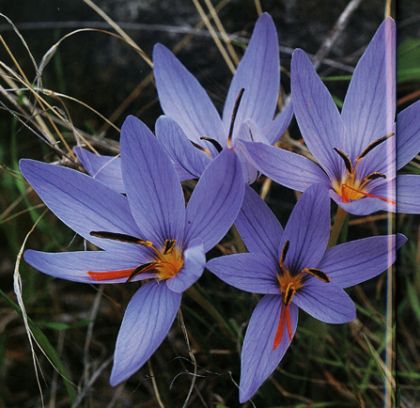
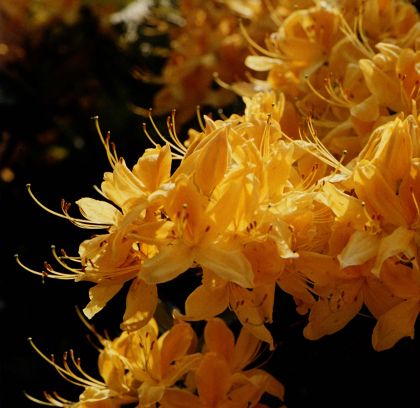
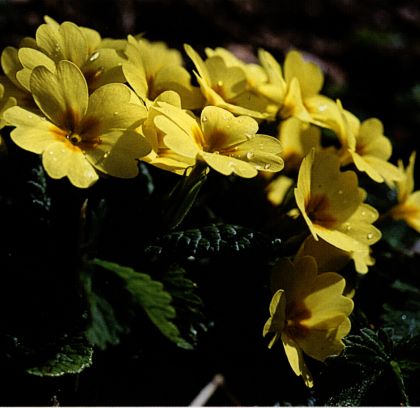
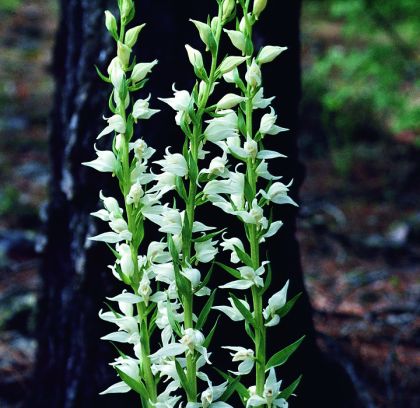
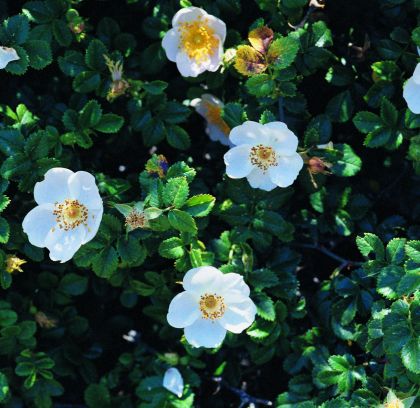
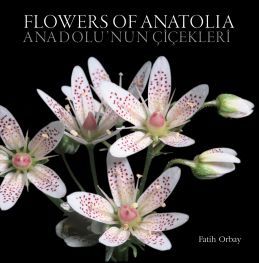

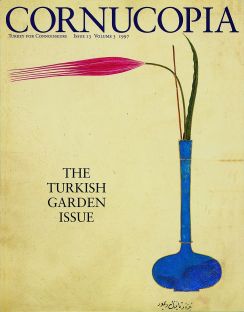
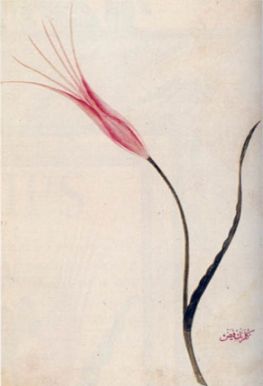
 Issue 66, December 2023
Turkey’s Centenary Issue
Issue 66, December 2023
Turkey’s Centenary Issue

Cornucopia works in partnership with the digital publishing platform Exact Editions to offer individual and institutional subscribers unlimited access to a searchable archive of fascinating back issues and every newly published issue. The digital edition of Cornucopia is available cross-platform on web, iOS and Android and offers a comprehensive search function, allowing the title’s cultural content to be delved into at the touch of a button.
Digital Subscription: £18.99 / $18.99 (1 year)
Subscribe now